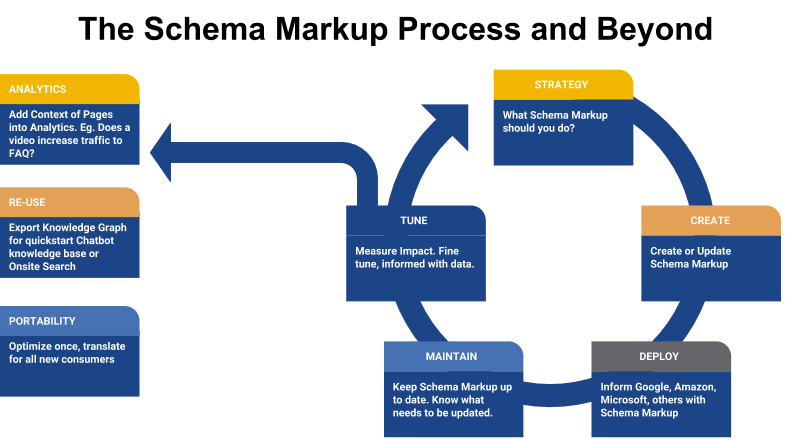

- #Business process modeling tools and techniques pdf#
- #Business process modeling tools and techniques manual#
To identify who is involved in the entire process.To provide a basis for business process improvement.To understand how the process works and where the problems lie.To use as a basis for training members of staff.

They also provide the bigger context for a project which when presented in a diagrammatic form can generate insights which produce a better set of requirements and identify possible requirement gaps – for example, where handoffs occur between different teams.īusiness process models are used for many purposes, including: Tools and Techniques The tools & techniques of BPR include: Purpose analysis (To identify the objectives.
#Business process modeling tools and techniques pdf#
Download the PDF here: An Introduction to Process Modeling. This PDF document is rather extensive, but covers in a way quite a full range of topics related to modeling processes, from motivation, through to tools, notations, and techniques, until process design.
#Business process modeling tools and techniques manual#
Existing processes are largely manual and project objective is to automate the existing process.īusiness process models provide real value on a project as they can engage the business stakeholders in a language they understand. An Introduction to Business Process Modeling 253 pages.Both executive and operational managers need. Business units understand only their part of the process PDF All companies have business processes, regardless of the size or the industry in which they operate.Existing processes are poorly understood and will be impacted by new project.There is value in undertaking ‘As Is’ process modelling for the following reasons (there may be other reasons): However, this may take considerable effort so it is important this is considered and it is decided there is benefit before it is undertaken. There may also be value in modelling the ‘As Is’ business processes. In a typical project of reasonable complexity, there is value in modelling the ‘To Be’ processes as these will be of value in the project for the reasons described at the start of the article. This article considers how process models can play a part in a ‘typical’ project where existing processes are impacted or new processes are introduced and does not explore lean or six sigma.



 0 kommentar(er)
0 kommentar(er)
